Best 12-string guitars 2025: 9 electric and acoustic 12-strings for all budgets
Buying advice and our top picks for the best 12-string guitars on the market right now
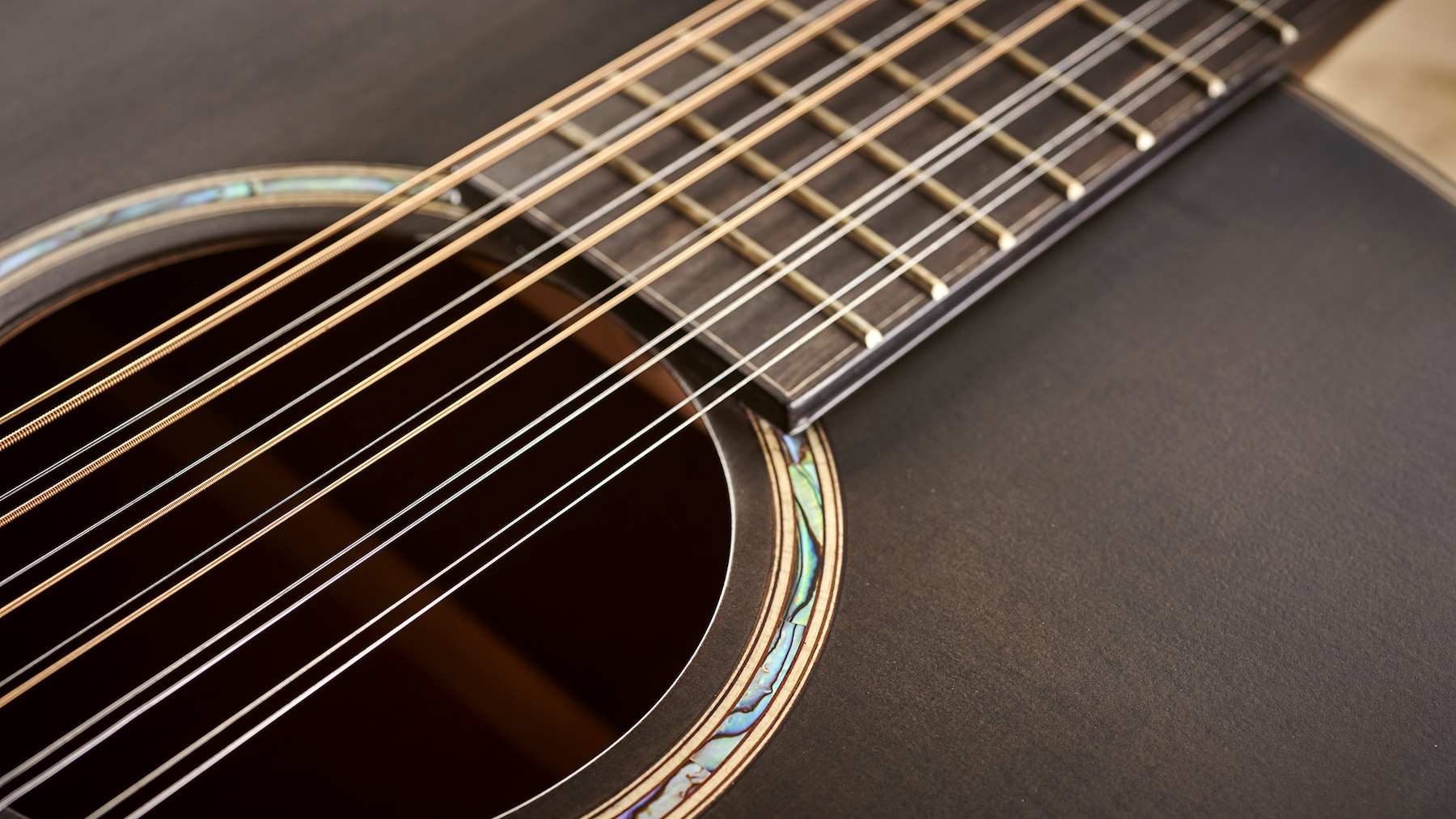
One of guitar playing’s simplest joys comes in ringing out a big, open chord and letting the guitar’s strings and tonewoods work their magic. Now imagine that joy, doubled. The best 12-string guitars featured here deliver exactly that: a thicker, fuller sound with more of that glorious harmonic resonance and chime.
12-string guitars aren’t new, but they are a somewhat niche branch of the guitar family tree. Their unique sound won’t suit every style of music, but tonally they do reach the parts a normal 6-string can’t. Here we will discuss what 12-string guitars are, and how they differ from other guitars. We’ll also offer our selection of the best 12-string guitars available today.
Which are the best 12-string guitars right now?
MusicRadar's got your back
We’ve tried to collate a good balance of acoustic and electric guitars below but, regardless which style you’re looking for, there are some great options open to you. We’re particularly drawn to the Taylor 150e, because it looks and feels great to play, and has a sweet tone which we found hard to put down.
Price-wise, it’s extremely good value, and we’d have no hesitation in recommending it. If the Taylor is a bit too far north of your budget, then thankfully the Epiphone DR-212 is a solid alternative, particularly if it’s your first 12-string or you’re looking for an affordable ‘second’ guitar in your sonic arsenal.
A special mention must go to the Hagstrom Viking Deluxe; this isn’t a guitar that will suit every player or style, but it is just so much fun to hear jangly 12-string riffs played through two meaty humbuckers and a dash of overdrive. It’s a great guitar that embraces its niche appeal and will put a smile on the face of any player.
Best 12-string guitars: buying advice
If you’re used to playing a regular six-string guitar and are looking to dip your toes in the water with 12-stringers, there are a few things you should know. While the base playing experience – e.g. fretting, strumming and picking – will be familiar, there are a few key differences required in your technique.
The extra six strings produce far greater tension on the guitar’s neck, meaning string bends (and soloing in general) will prove difficult, while the relative closeness of the string spacing makes them unforgiving instruments to play intricately.
The history of the 12-string clearly marks it out as an instrument for accompaniment and texture, and if you’ve played one, you’ll understand why. That’s not to say you can’t play speedy legato licks on a 12-string, just that you may need to have fingers carved from granite to keep it up over a period.
- Best electric guitars for beginners: start playing today
- Best acoustic guitars for beginners: top beginner acoustics
- Need some inspiration? Check out these gifts for guitar players
Build-wise, to accommodate the extra strings, 12-string guitars have longer headstocks, wider necks and often flatter fingerboards. The guitar’s body will also be reinforced to keep the top from warping over time from all that added tension.
In terms of tuning; there is no right or wrong way to tune the extra strings. That said, the most common approach sees the lower four pairs (E, A, D, G) tuned an octave apart, with the higher two (B and E) then tuned in unison.
This gives that pleasing ‘shimmer’ effect that 12-strings are renowned for where micro-differences in the tuning between the strings make the overall sound slightly out of phase, giving it a natural chorus effect.
Finally, while it is more common to find 12-strings on an acoustic, there are some famous examples of where the extra strings have been accommodated on electric guitars. You may be familiar with Jimmy Page and his iconic double-neck Gibson, while Rickenbacker has long offered 12-string versions of most of its electric lines.
Find out more about how we test music gear and services at MusicRadar.
The best 12-string guitars available today
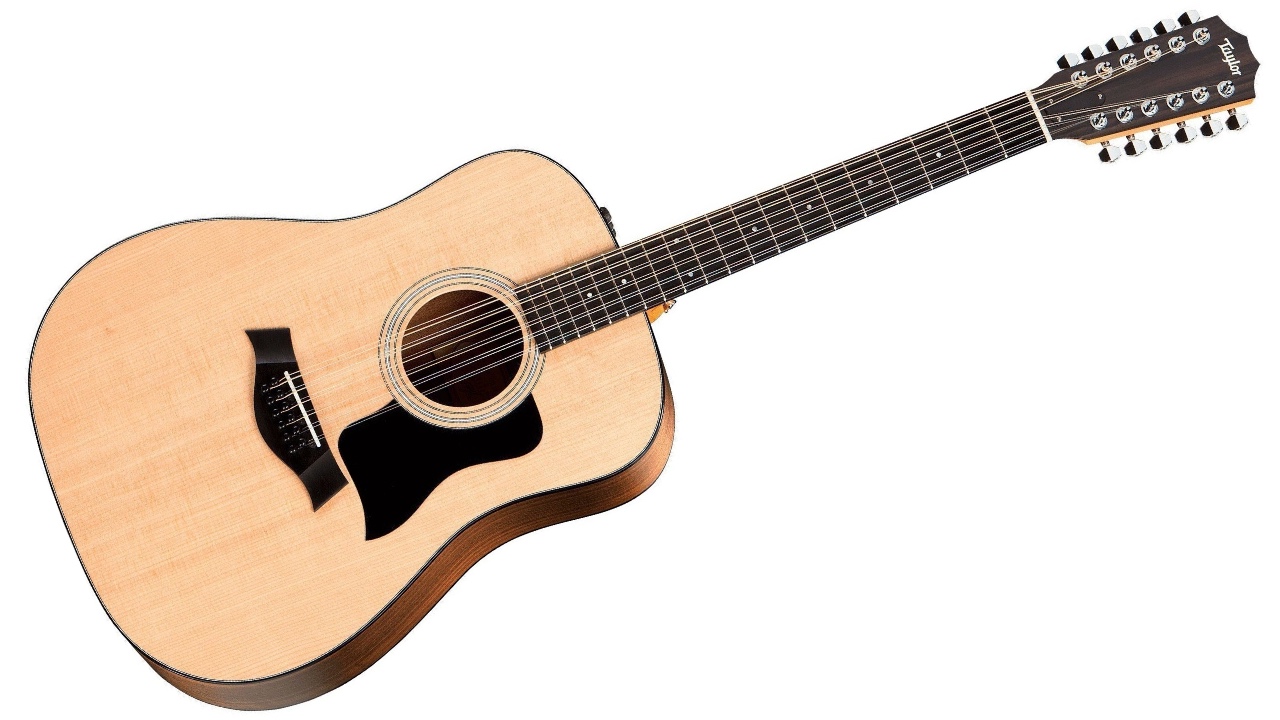
Specifications
Reasons to buy
Reasons to avoid
If you’re looking for a high-quality, great sounding acoustic guitar, then one of the first places you look is to Taylor. And, in the Taylor 150e, the company offers an almost-perfect intermediate 12-string acoustic. By combining Sitka spruce and walnut, you have the perfect balance of projection and sparkle, while the neck and fingerboard aren’t as wide as they are on other 12-strings so electric players will feel right at home.
We particularly liked the onboard electronics, which we felt gave a true flavour of the 150e’s tonality even when amplified. There’s a lot to like here, and all at a very reasonable price.
Read the full Taylor 150e review
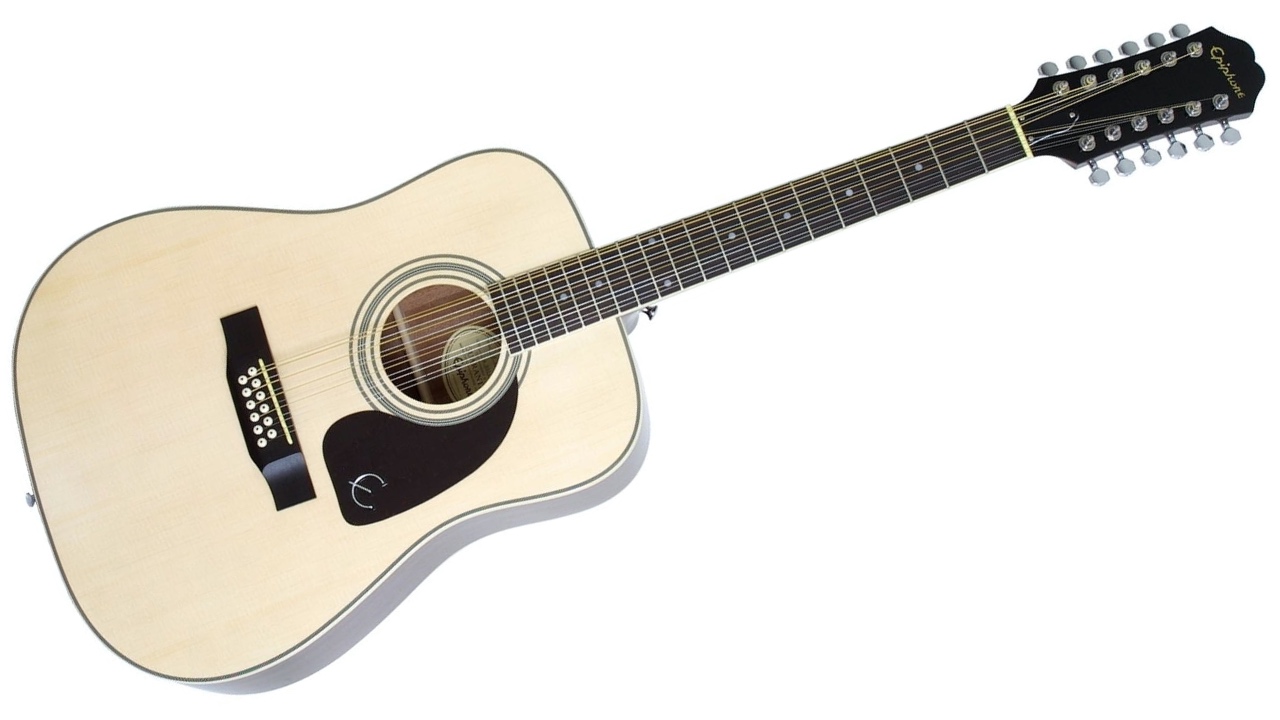
2. Epiphone DR-212
Our expert review:
Specifications
Reasons to buy
Reasons to avoid
If you’re new to the world of 12-string guitars - or simply need an affordable way to play Hotel California - then you may want a chance to hear what the fuss is about before committing to one of the more expensive models on the list.
The Epiphone DR-212 is the perfect guitar for this. It draws you in with its superb, rounded sound that invites those huge open chords you’d been imagining and, being an Epiphone, has a level of build quality and reliability that you can trust.
There’s a reason the Epiphone DR-212 is one of the best-selling 12-string guitars in the world. It balances sweet, jangly tones with solid build quality, and comes in at a very sensible price. Highly recommended.
- The best guitar picks for acoustic, electric and bass
- Best guitar cables: guitar leads and patch cables for all budgets
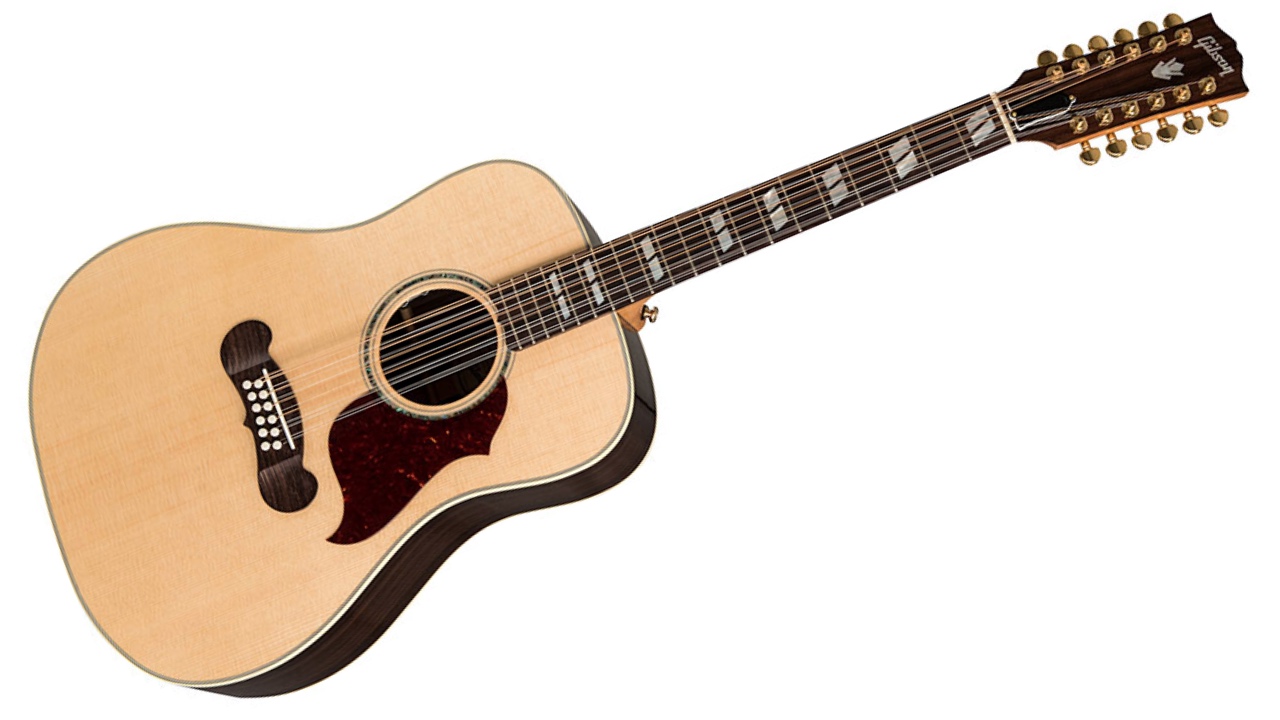
3. Gibson Acoustic Songwriter 12-String
Our expert review:
Specifications
Reasons to buy
Reasons to avoid
If you’re looking at the top tier for your next 12-string, then you have to consider the Gibson Acoustic Songwriter. For the advanced player, or simply one with a lot of spare cash, this represents one of the finest examples of 12-string guitars available today.
Every detail, from the select tonewoods to the rounded fretboard, is designed to give the best playing experience you can get. Tonally, the Songwriter is both bright and mellow, and we found joy in the upper registers, where high notes and arpeggios rang out brilliantly. It’s a lot of money, sure, but it’s hard not to love where Gibson has taken this guitar.
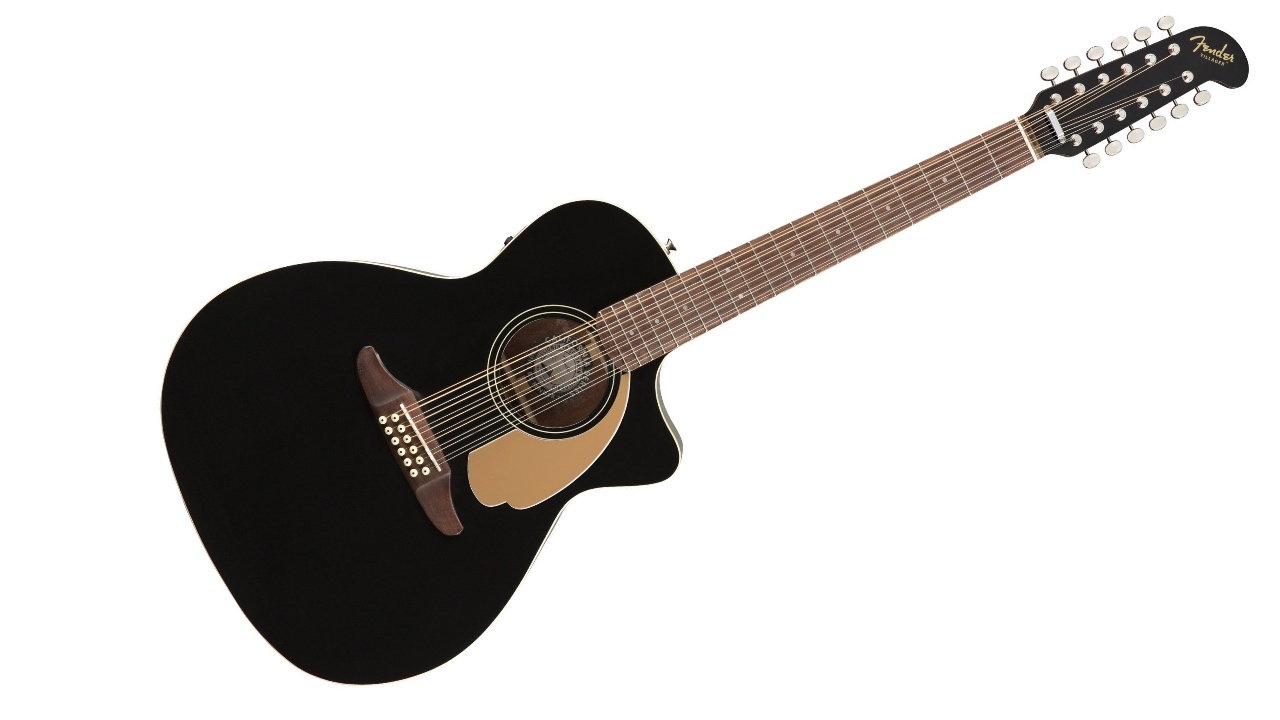
4. Fender Villager V3
Our expert review:
Specifications
Reasons to buy
Reasons to avoid
Now in its third iteration, the Fender Villager is as close to a classic 12-string as there is. While it’s listed as a dreadnought shape, we found it closer to a parlour-style guitar, with its slightly reduced upper body.
The cutaway provides great access to the upper frets, while the onboard electronics from Fishman did a great job at amplifying our sound without sacrificing that shimmer.
The slim C-shaped neck makes it as comfortable as playing 12 strings can be, and the onboard tuner is a nice addition to the overall package. For electric players looking to add a bit of sparkle to their arsenal, the Fender Villager is a sound choice.
- Best acoustic guitar strings: boost your guitar's tone
- On a budget? These are the best cheap acoustic guitars
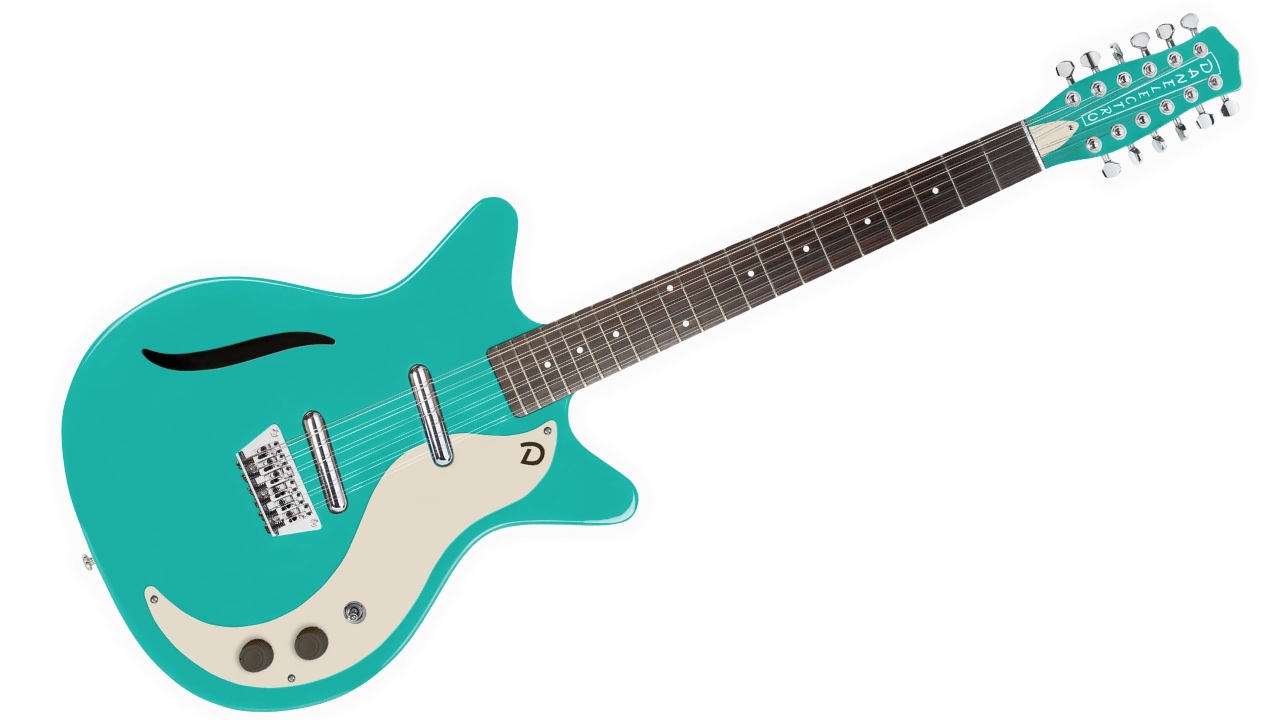
5. Danelectro 59 Vintage 12
Our expert review:
Specifications
Reasons to buy
Reasons to avoid
As the first electric 12-string on the list, we wanted something pretty special. The Danelectro Vintage 12 is certainly that. This semi-hollowbody electric shares some characteristics with its acoustic counterparts, namely in the choice of spruce - unusual for an electric - although the rest of it is classic Dano.
From the soapbar pickups, which naturally accentuate trebles and high-mids, to the choice of colours, this is an era-specific guitar if ever there was one. We loved it, although could quite easily see how it’s not the most versatile for different genres.
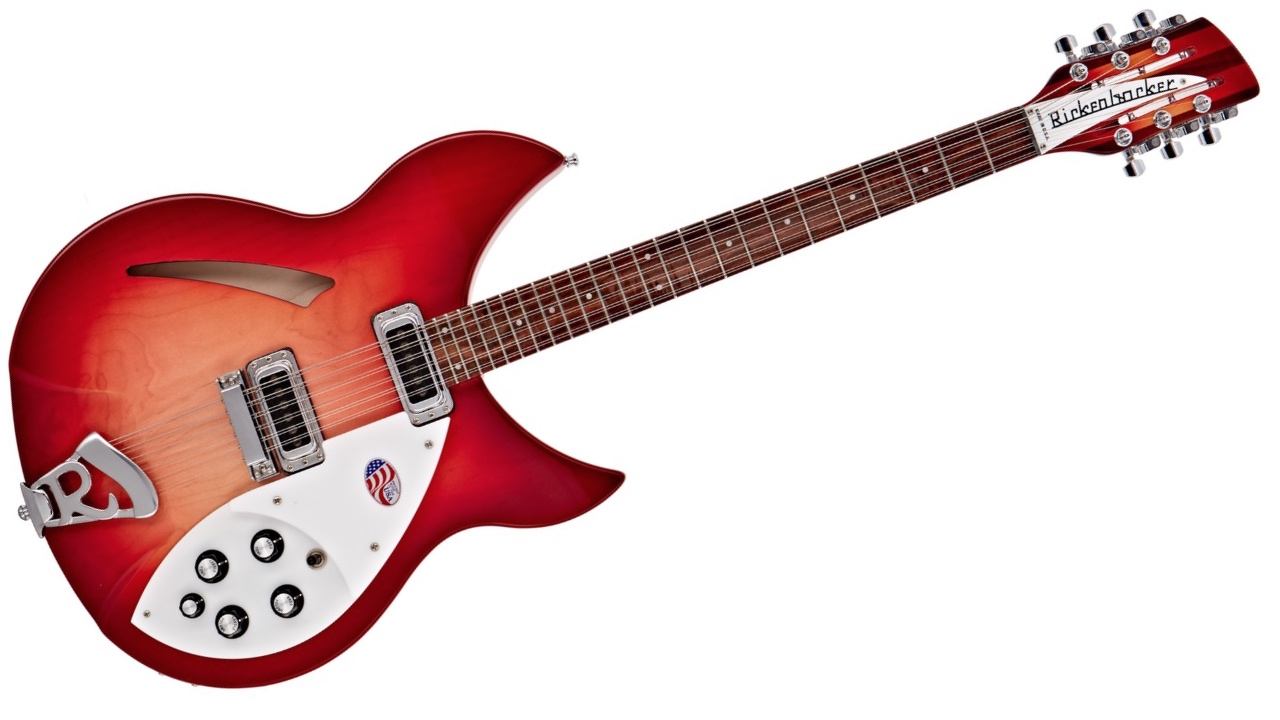
6. Rickenbacker 330/12
Our expert review:
Specifications
Reasons to buy
Reasons to avoid
The sound of a Rickenbacker is the quintessential electric 12-string tone. George Harrison, Tom Petty and Mike Campbell, Peter Buck, Paul Weller, Johnny Marr and of course, The Byrds’ Roger McGuinn have all employed the distinctive jangle of a Rickenbacker to great effect.
There are a number of 12-strings in the Ricky range, but the 330/12 and its more expensive brother, the 360/12 are arguably the most iconic. Sharing many common features such as the 24-fret neck, hi-gain pickups, and maple body/rosewood fingerboard, the key difference is that the 330/12 has a standard output while the 360/12 features a stereo output.
The stubby neck profile is likely to divide, but the tone is undeniably universal. If you want a no-compromise 12-string electric and can do without the stereo (which is likely most of us), look no further.
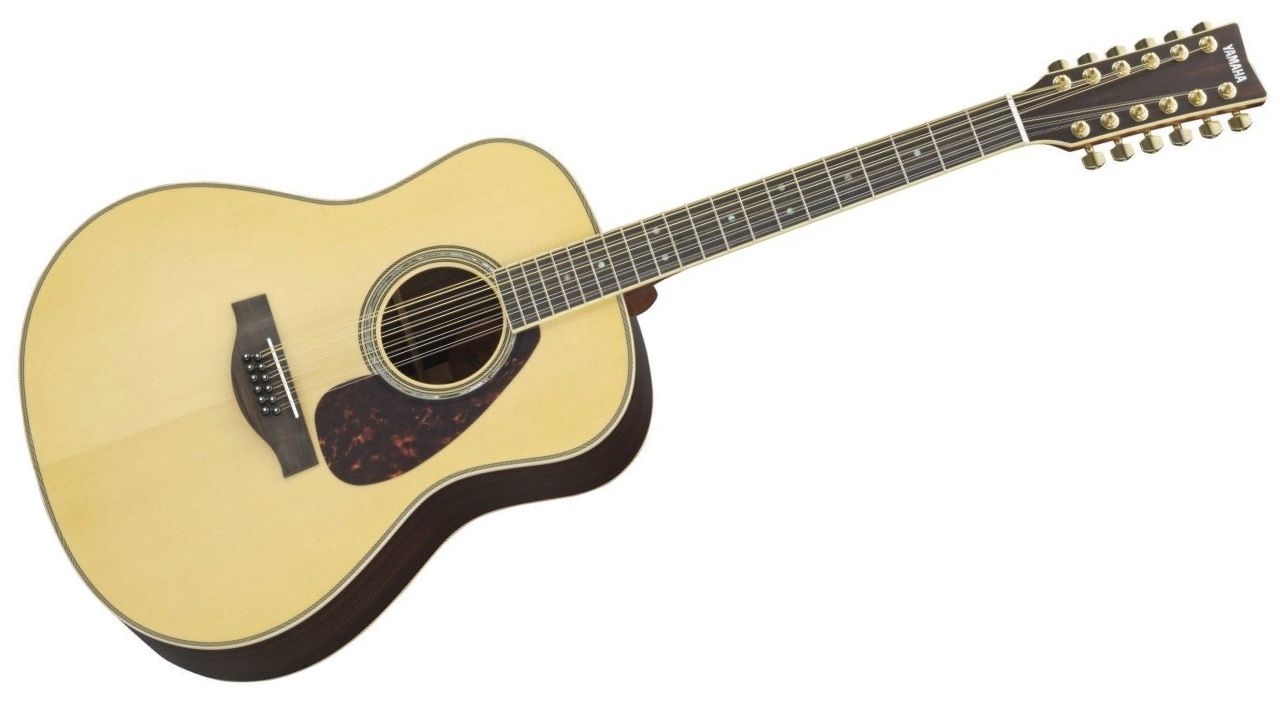
7. Yamaha LL16-12
Our expert review:
Specifications
Reasons to buy
Reasons to avoid
Rounding off the list is the Yamaha LL16-12, which is a beautiful jumbo-bodied electro-acoustic. The larger body cavity makes for an enhanced low-end response, perfect for those large, ringing chords, yet we never found it lacking when it came to more intricate playing.
We all know by now about Yamaha’s excellent price-to-performance value proposition and, while this is by no means a cheap guitar, it is certainly one you could see being with you for the long haul.
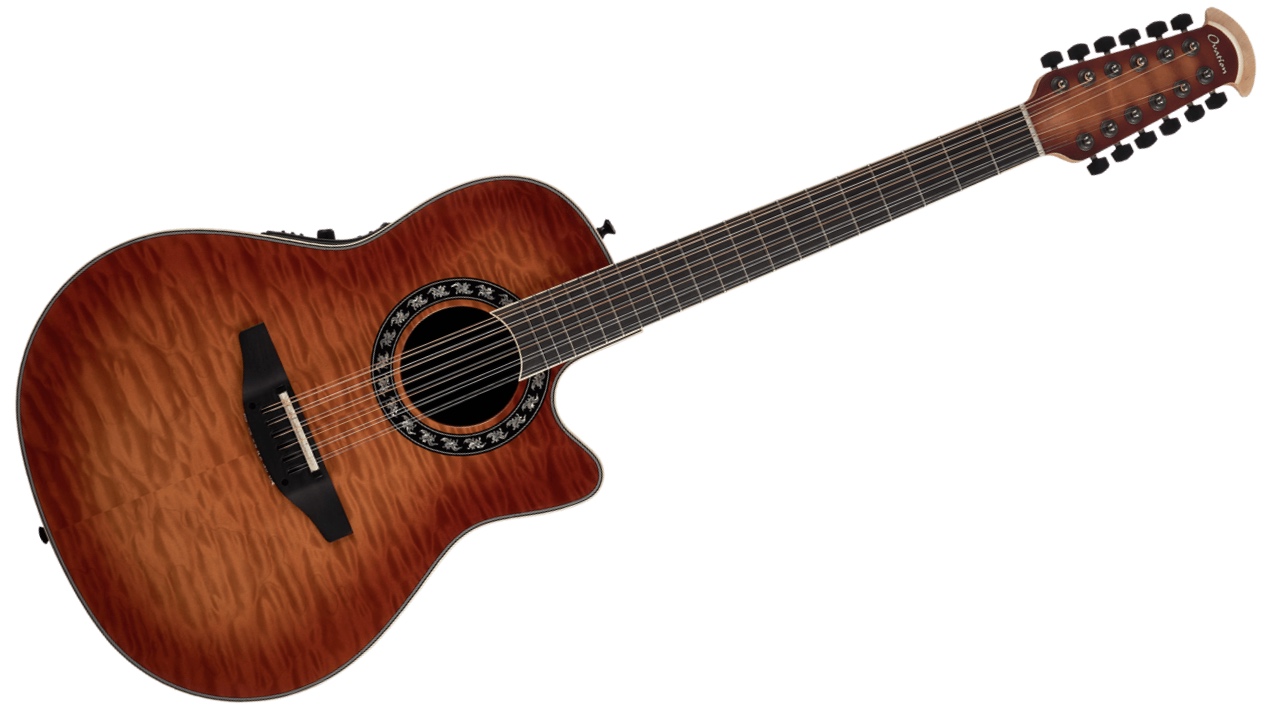
8. Ovation ExoticWood Legend 12-String
Our expert review:
Specifications
Reasons to buy
Reasons to avoid
For playing live, you’re going to need a guitar that can handle being amplified. While there are plenty of electro-acoustics on the market – and on this list – the Ovation ExoticWood Legend 12-String has been designed almost exclusively for live performance.
The combination of a bright maple soundboard on top of Ovation’s famous Lyrachord bowl means notes have clarity and separation at volume, without losing any low-end.
As the name suggests, the ExoticWood features some stunning top woods which, when combined with its other visual flourishes, make for a very attractive instrument. But that would mean nothing if it didn’t sound good and, thanks to all that innovation from Ovation, it thankfully does.
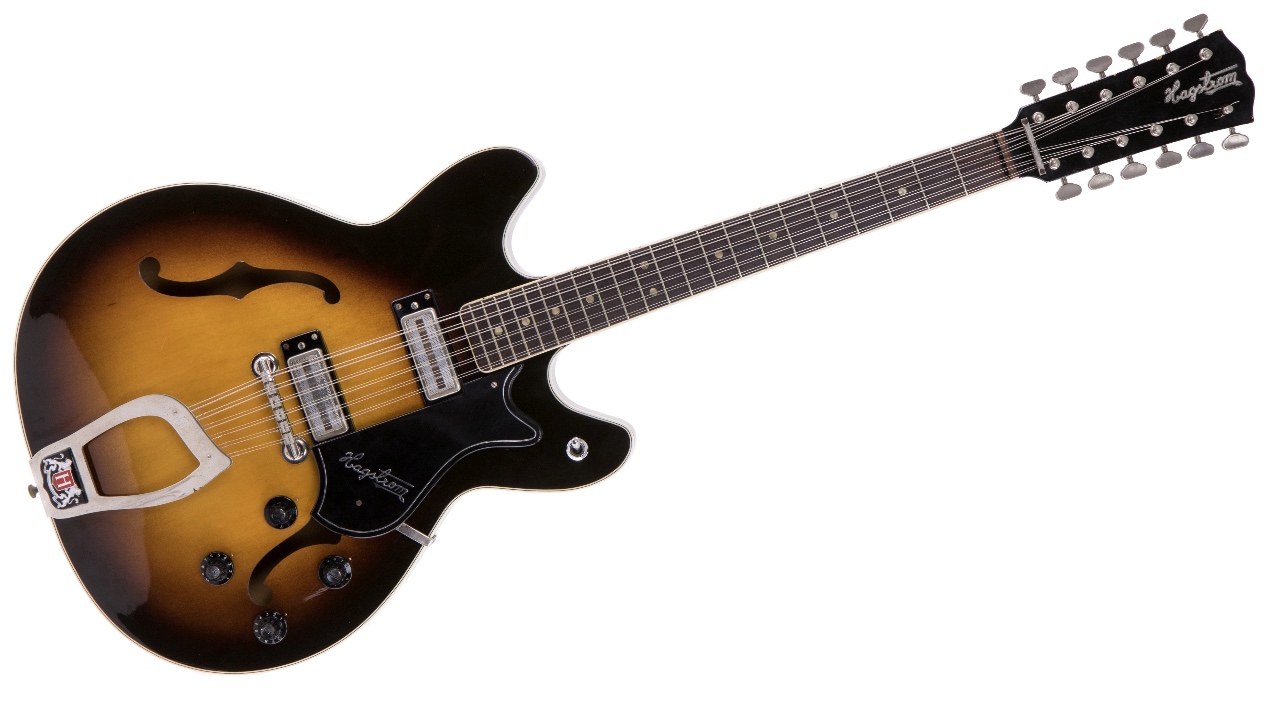
9. Hagstrom Viking Deluxe 12-String
Our expert review:
Specifications
Reasons to buy
Reasons to avoid
If you’re keen to add that famous 12-string sound to your tonal collection but find acoustics a bit twee then the answer might come in the form of the Hagstrom Viking Deluxe 12-String.
We’ve always liked Hagstrom; they have that cool Norse thing going on, sure, but the whole range is right up there when it comes to tone, playability and value for money. The visual aesthetic is sharp, serious and imposing, but between the comfortable neck profile to the H-50 humbuckers (voiced specifically for 12-strings) we found this guitar to be a lot of fun. It was the only one we’d dare to put through a distortion pedal, and boy were we glad we did.
Related buying guides
- On a budget? These are the best acoustic guitars under $500/£500
Want all the hottest music and gear news, reviews, deals, features and more, direct to your inbox? Sign up here.
Chris Corfield is a journalist with over 12 years of experience writing for some of the music world's biggest brands including Orange Amplification, MusicRadar, Guitar World, Total Guitar and Dawsons Music. Chris loves getting nerdy about everything from guitar and bass gear, to synths, microphones, DJ gear and music production hardware.
